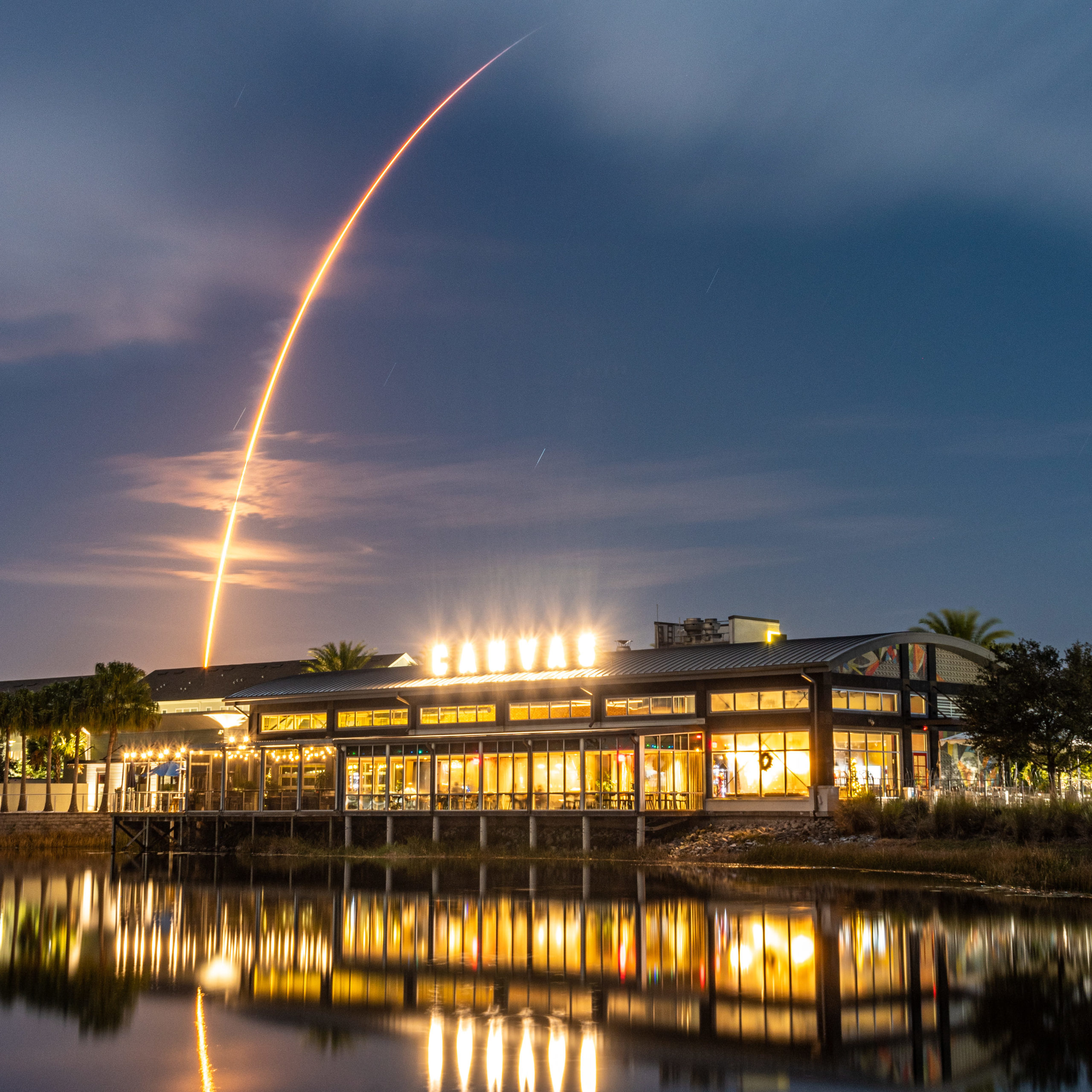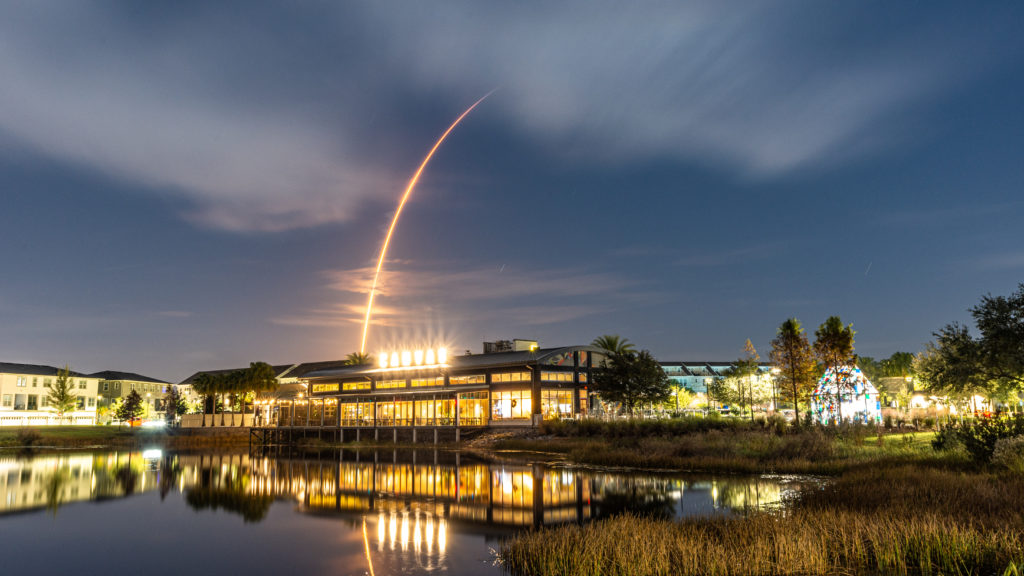On Dec. 18 at 10:58 p.m., SpaceX’s Türksat 5B mission took to the skies. On board the Falcon 9 rocket was a 4,500-kg. (~9,900-lb.) communication satellite manufactured by Airbus Defense & Space. The satellite’s purpose is to provide telecommunication and broadcasting services to various countries in Afro-Eurasia. The mission was ultimately a success. The first stage, designated B1067, landed on drone ship ASOG (A Shortfall of Gravitas) over 600 km (~370 mi) downrange while the second stage inserted the payload into a geostationary transfer orbit. The satellite will reside in a geostationary orbit; this allows it to match the rotation of the Earth’s surface at the equator. From an observer on Earth, it will appear stationary, which means satellite dishes can simply point at one spot in the sky. Whereas for a network such as Starlink, that is situated in low Earth orbit, the receiving dishes need to rotate to follow the satellites zooming past at multiple miles per second.

For this mission, we decided on a location that placed Lake Nona’s beloved Canvas restaurant right in front of the launch streak! The first stage burn can be seen arcing over the glowing sign. This late night long exposure is also brighter than usual due to a full moon that was present at the time. The second stage burn was obscured due to a cloud deck. Just to our west, we could see flashes of lightning going off in the distance. We were actually fortunate to have captured anything on this night due to the aforementioned inclement weather. We hope you enjoy these shots and look forward to sharing more space-related news with you this year.



